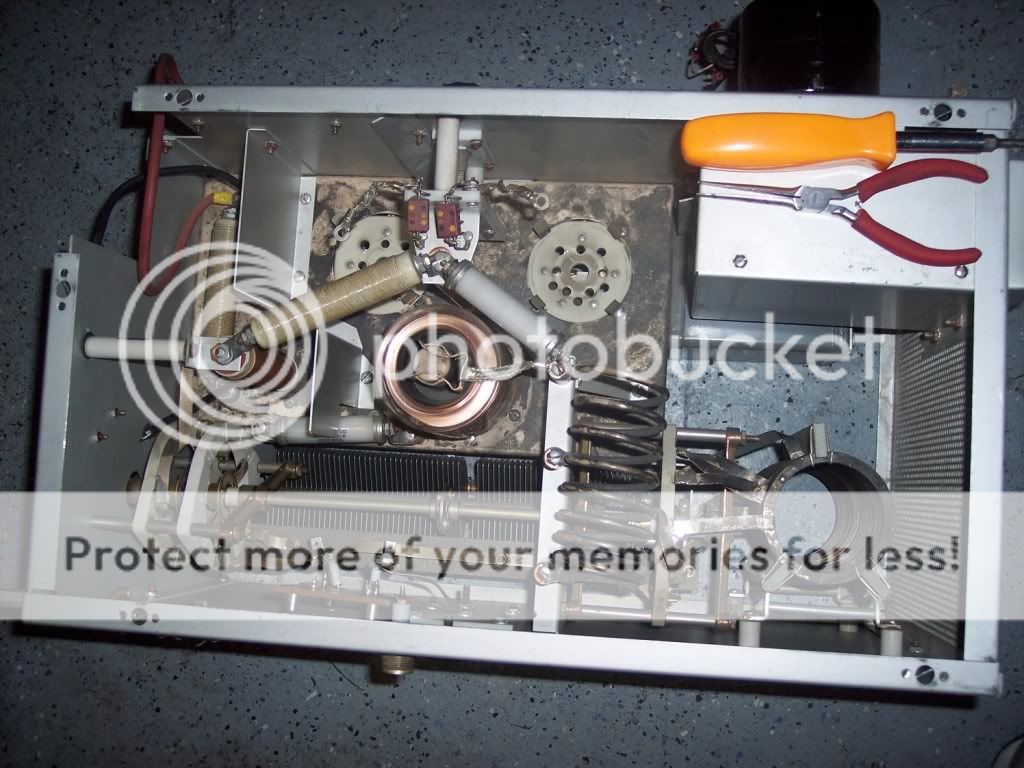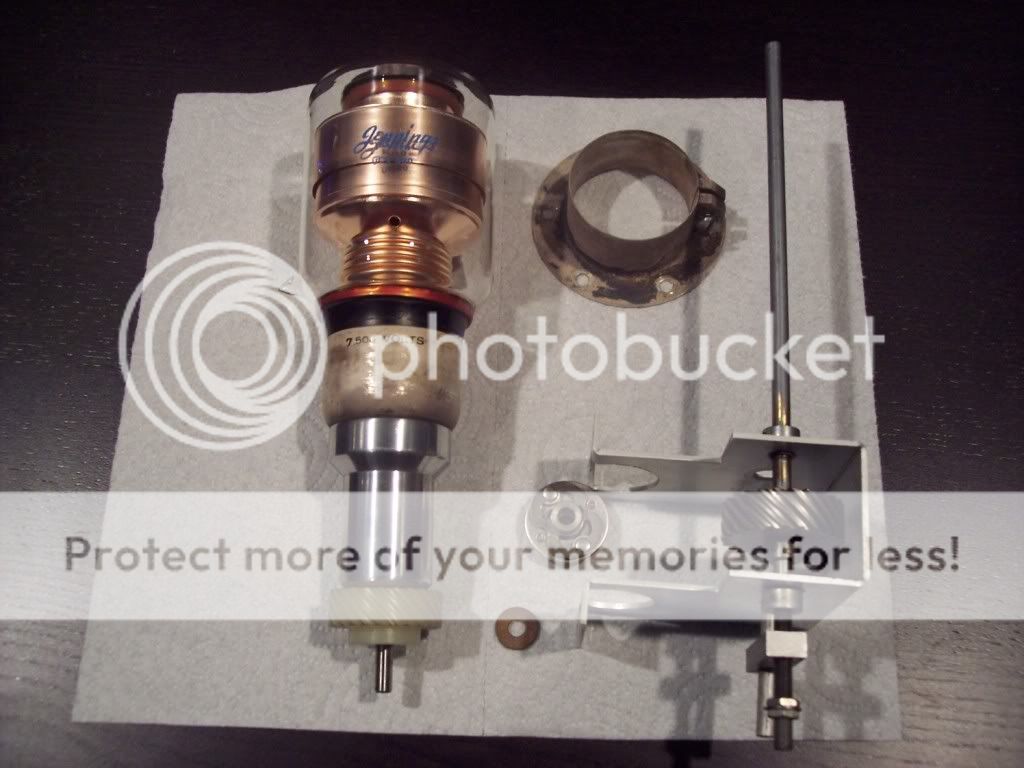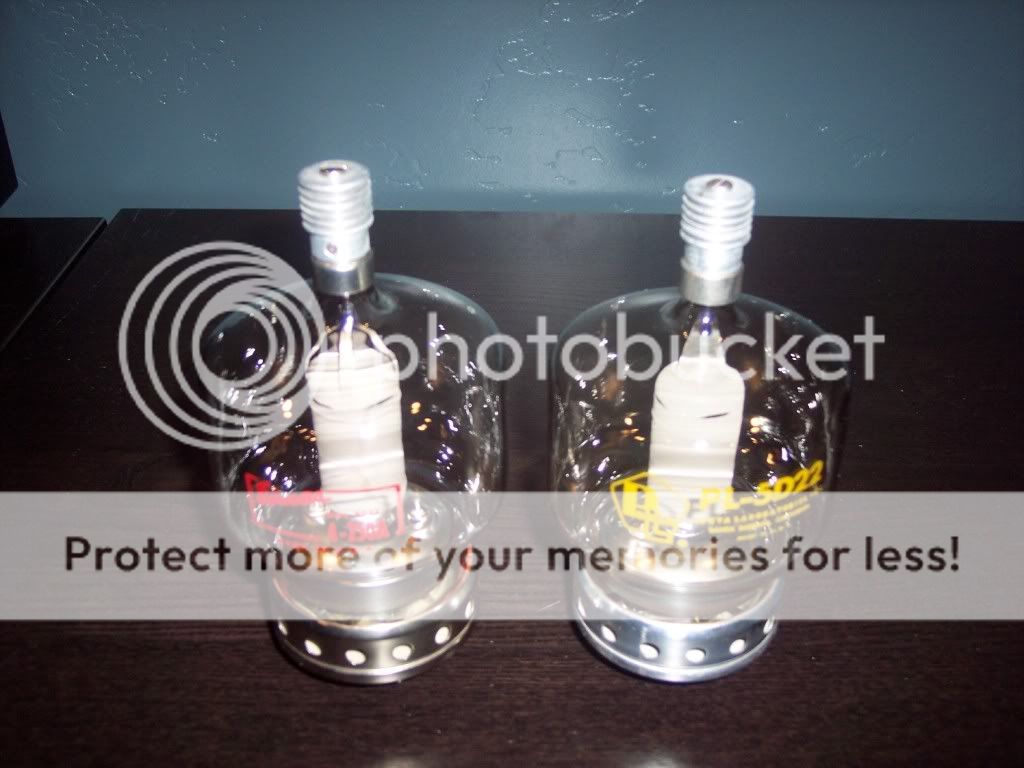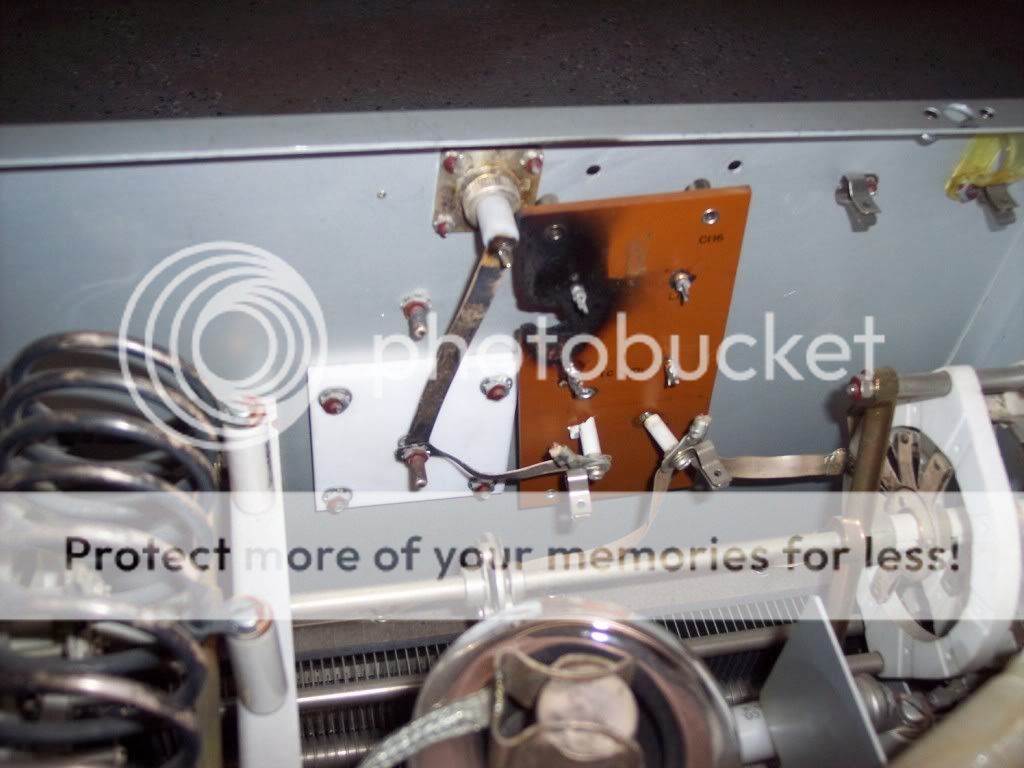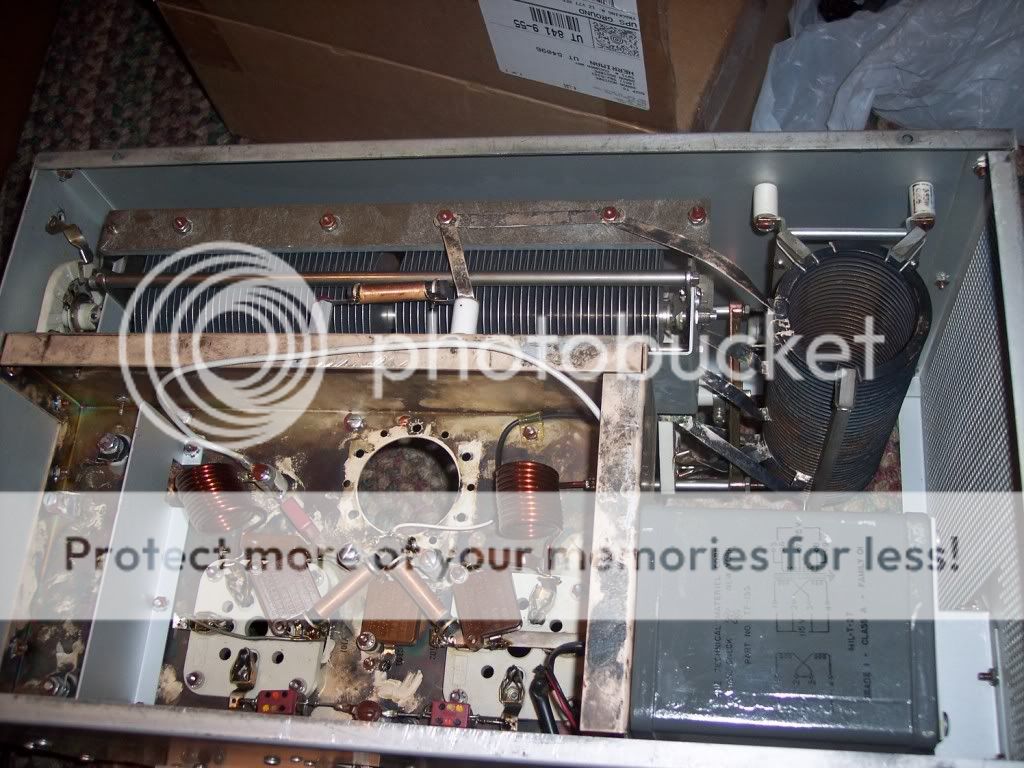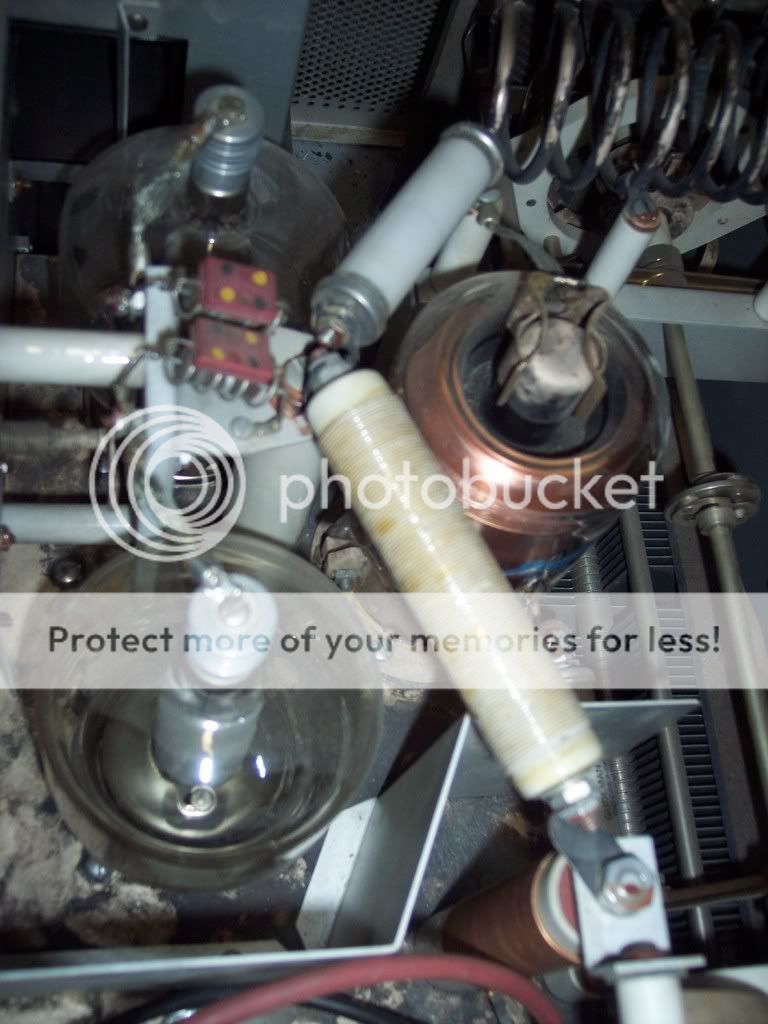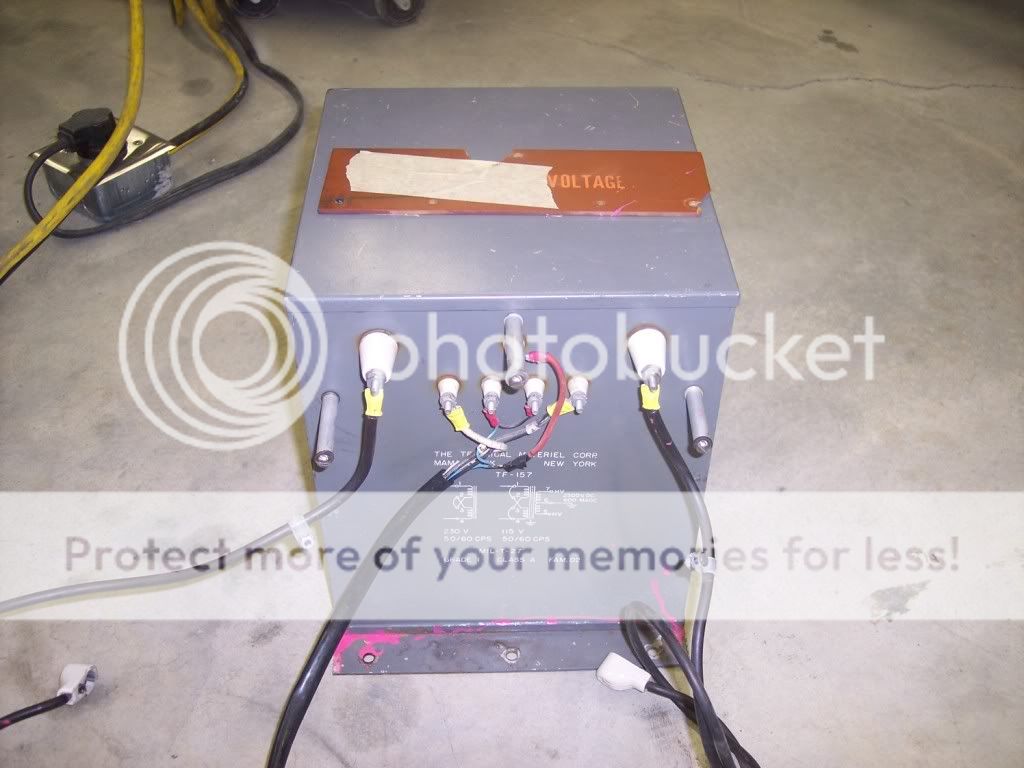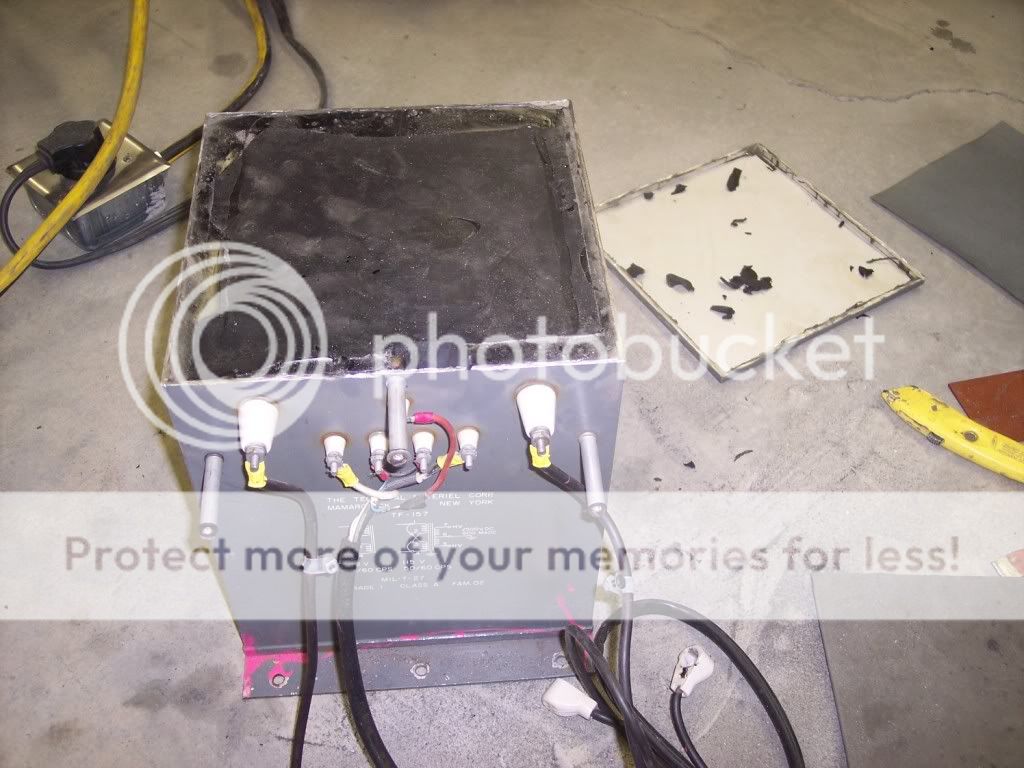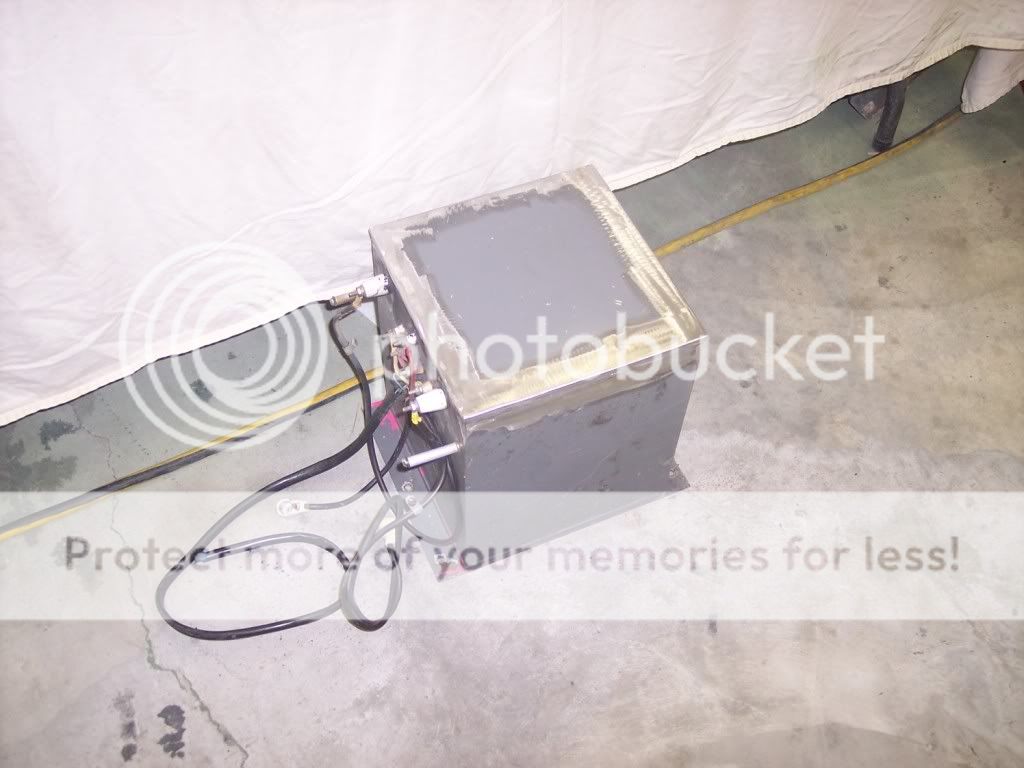I have picked up a surplus amp ( I think military) that had twin 4-250A tubes run in parallel. I plan to rebuild this amp using these two tubes, and repair and modify it to run in AB1, grid driven. The problem I have is that one tube is an Eimac 4-250A, the other is a Penta Laboratories 4-250A (PL). Their spec sheets are somewhat different, with different grid and plate current ratings, as well as impedence ratings. I can't remember exactly, but I think the Eimac calls for 11,400 ohms, and the PL tube calls for 6,400 ohms. Can I still run these in parallel, or should I try to locate another tube that is made by the same manufacturer to closer match the specs? The amp did have one component fried close to the output antenna jack, probably the blocking capacitor or an inductor, (it was removed, so i'm not sure exactly what it was that fried the board). I can't find anything that is giving a direction for me. Any advice will be appreciated.
Thank you,
~D
Thank you,
~D

